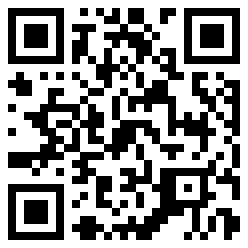H.R. 1586 as passed by the U.S. Senate and reported by Thomas (Library of Congress, legislative information), reads:
Short Title
section 1. This Act may be cited as the “______Act of____”.
Ask yourself: How would topic maps lead to a different result? (Ok, that probably wasn’t your first thought, work with me here.)
If bills were treated as subjects, represented by topics, using TMCL, we can specify that every topic of type “House Bill” has to have one and only one name.
We can modify the example in TMCL, 7.6 Topic Name Constraint to read
houseBill isa tmcl:topic-type;
has-name(tmdm:topic-name, 1, 1).
Which says every topic of House Bill type has one and only one name. And we should get an error warning if is it missing.
If that seems like a lot of trouble fix a work flow proofing glitch, consider this:
U.S. legislation typically runs hundreds, even thousands of pages with provisions that are relevant to particular constituencies. What if all those provisions and their constituencies were treated as subjects, represented by topics?
Everyone could read those provisions of interest to them or the ones they were interested in opposing (possibly the more popular of the two). Instead of 2,000 pages you might need to read only 3 to 5 pages.
Reading maybe 3 to 5 pages sounds more like transparency to me than dumping 2,000+ pages on my desk and calling it “transparency.”
******
PS: My suggestion to fix the bill title: “Last Opaque Act of 2010.” Whether lobbyists, elected officials and agencies can hear it or not, transparency is coming, to the USA.



